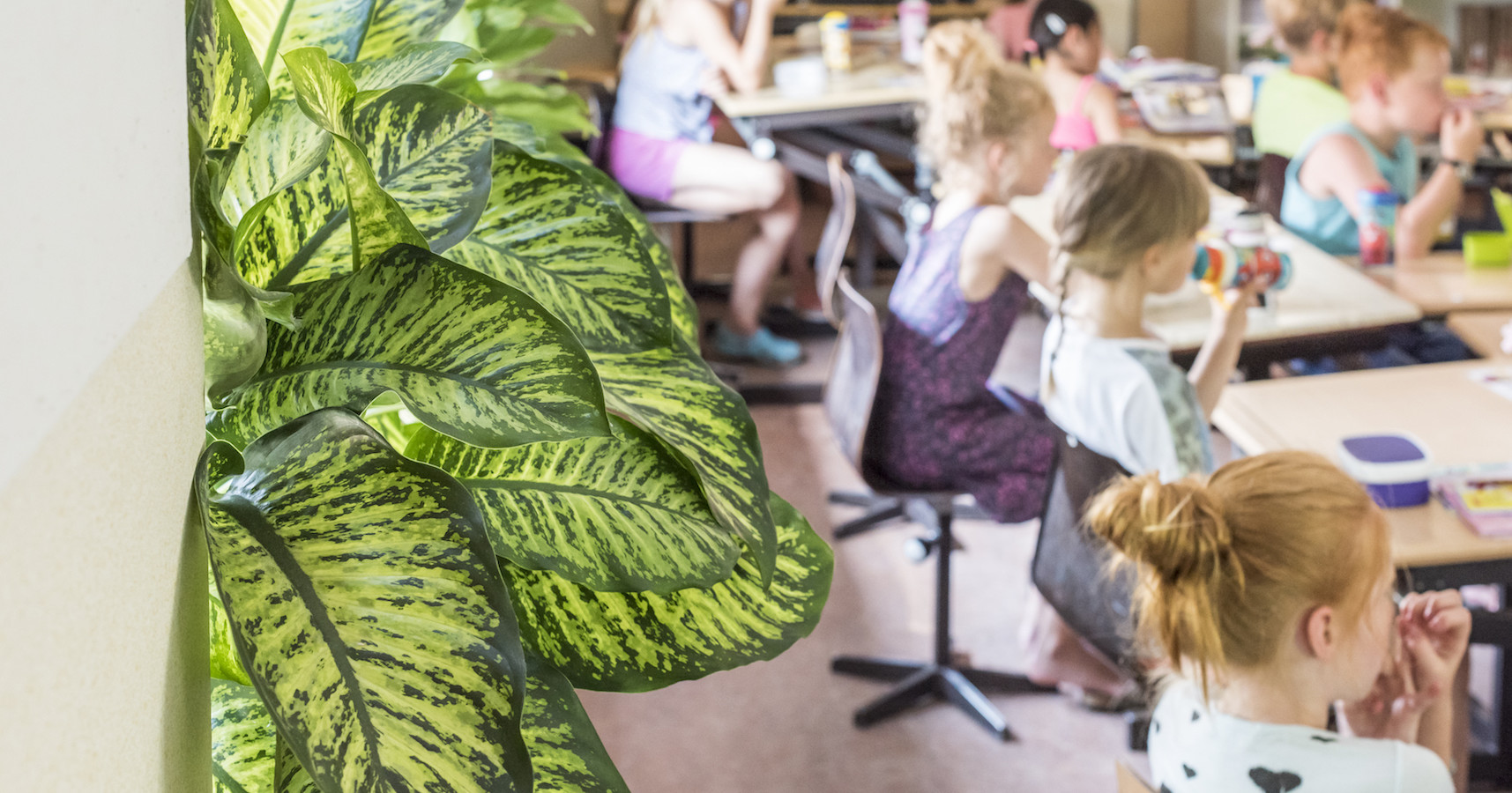
The SATs are dominating the education headlines at the moment, no more so than today, as anti-SATs campaigners are urging parents to keep their children out of school for a day of protest and teachers to boycott the tests altogether.
The controversial government tests for pupils in Years 2 and 6 have raised concerns that children are being put under increasing pressure to meet certain academic standards and in a way which discounts other skills and ways of learning, for example, through play.
If this is true, then the idea of a seven-year-old or even an 11-year-old child feeling stressed at school is certainly something we should be concerned about.
Outside play and fresh air is one of the simplest and most effective ways of relieving classroom stress and, dare I say, boredom, especially if it takes place amongst natural surroundings. But this is not always possible.
While the SATs are still a reality, perhaps teachers should consider giving their children a boost of energy and stress-relief in these testing times by bringing some life into the classroom, and by that I mean live plants.
Study after study has shown that the presence of plants can work wonders on children, keeping blood pressure down and concentration and productivity up.
Creating fresher, less toxin- and CO2-ridden air, is one of the ways in which plants are a perfect partner to classroom learning. Classroom air can be far from fresh, and often CO2 levels exceed acceptable limits, which has a knock-on effect on concentration and general well-being. Plants also simply reconnect us with nature, something all human beings need to stay happy and calm.
Even just a view or depiction of nature can markedly alleviate stress in a working and learning environment, so imagine what a plant or even a fake plant can do.
As well as helping the children, plants of course can also help the teachers, who must also be feeling under fair bit of pressure themselves at the moment.
For more on how plants can boost wellbeing and learning in classrooms, see our health benefits page and brochure.
